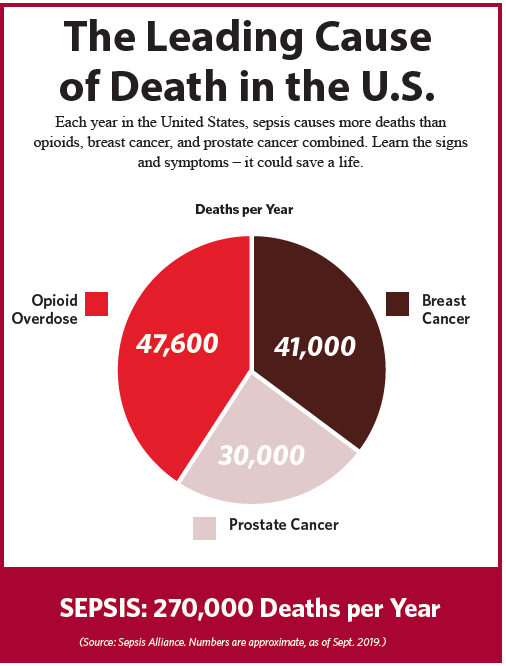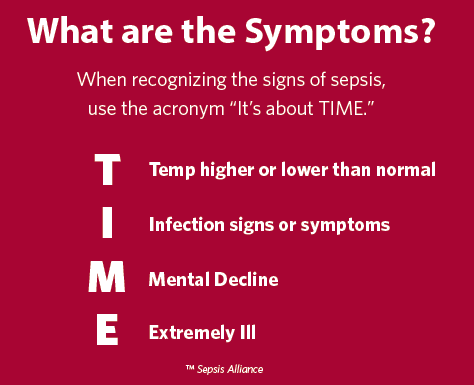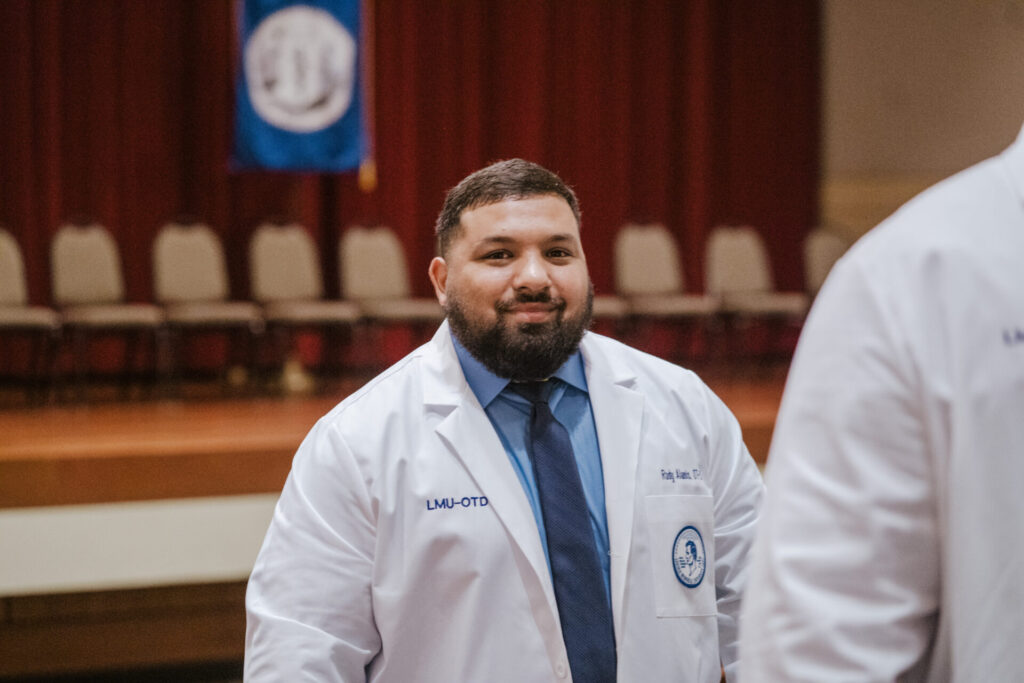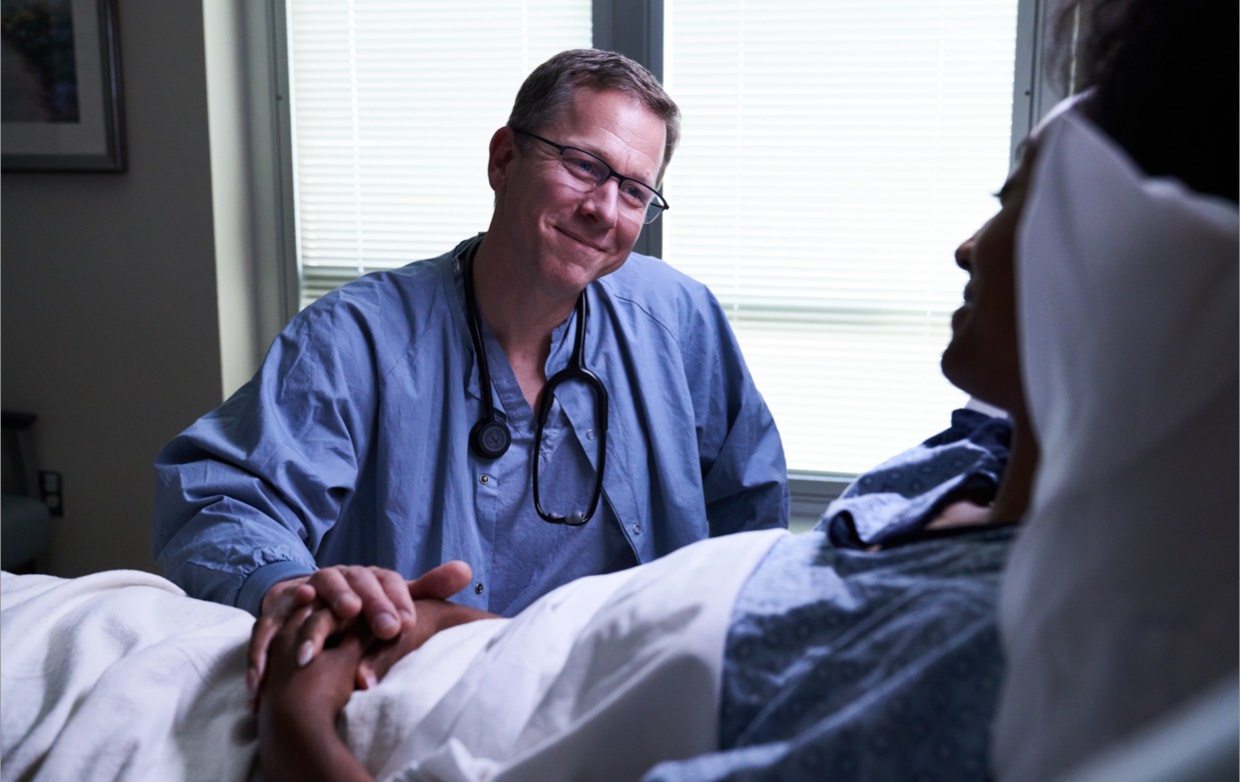- Find a DoctorDoctors by Specialty
- Cardiac Electrophysiology
- Cardiology
- Colon & Rectal Surgery
- Family Medicine
- Gastroenterology
- General & Vascular Surgery
- Gynecological Oncology
- Gynecology
- Infectious Disease
- Internal Medicine
- Interventional Cardiology
- Interventional Radiology
- Nephrology
- Neurology
- Neurosurgery
- Obstetrics & Gynecology
- Oncology
- Oncology & Hematology
- Orthopedic Surgery
- Otolaryngology
- Perinatology
- Psychiatry
- Pulmonary Medicine
- Radiation Oncology
- Rheumatology
- Sleep Medicine
- Thoracic Surgery
- Urology
- View All Doctors
- Our ServicesMedical Services
- Bariatric Services
- Behavioral & Mental Health
- Breast Care
- Cancer Care
- Critical Care
- Ear, Nose, & Throat
- Emergency Services
- Gastroenterology
- Glossary
- Heart Care
- Home Care
- Hospice & Palliative Care
- Imaging & Diagnostics
- Long-Term Care
- Nephrology
- Orthopedics
- Primary Care
- Rehabilitation Therapies
- Robotic-Assisted Surgery
- Sleep Services
- Spine Care
- Stroke Care
- Surgery Services
- Telehealth Services
- Urology
- Urgent Care
- Virtual Urgent Care
- Women’s Services
- Wound Care
- Our Locations
- Patients & Visitors
- About Us
Sepsis Awareness Month is recognized each September (with World Sepsis Day on Sept. 13) to remind us to take precautions to help prevent this life-threatening condition. But what exactly is sepsis?
Sepsis is the body’s overwhelming response to infection or injury. It can lead to tissue damage, organ failure, amputations, and death. This silent killer causes 270,000 deaths in the U.S. each year, which is more than deaths caused by opioids, breast cancer and prostate cancer combined. It is also the leading cause of hospital re-admissions.
What Causes Sepsis?
Any infection can cause sepsis, and the source of infection can be viral, bacterial, fungal or caused by a parasite. It can be something that started as a simple paper cut or bug bite, or a larger infection, such as pneumonia or meningitis. Sometimes the cause is unknown. It can affect people of all ages and all levels of health, but those who are more likely to be severely affected are young children, older adults and people with chronic illnesses.
Prevention is Key
The risk of sepsis drops when infections are treated as quickly as possible. Healthcare experts recommend staying current with your vaccinations, practicing good hygiene and seeking medical attention when you have an infection.
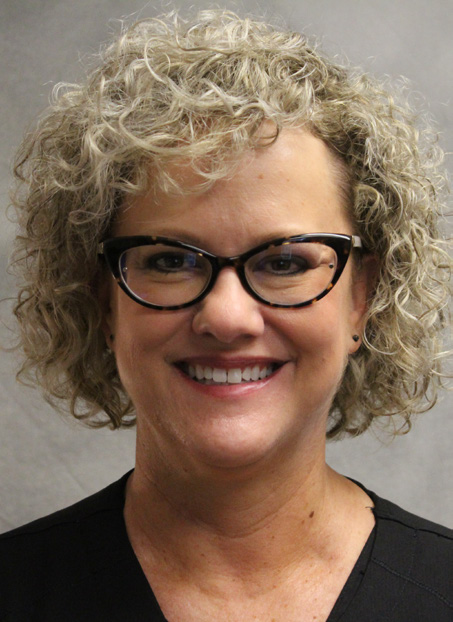
Beth Gaby-Smith, RN, is the sepsis coordinator for Parkwest Medical Center and the only designated sepsis coordinator in the Covenant Health system. Since establishing this role one year ago, Parkwest has seen increased accuracy in diagnosis and early treatment of septic patients – a life-saving improvement.
Gaby-Smith, who has more than 20 years’ experience as a nurse, wants people to know that anyone can become septic, not just those with pre-existing conditions or chronic illness. Gaby-Smith emphasizes that if you think you have sepsis, time is critical. She says, “It is imperative to treat septic patients with antibiotics as soon as possible, be- cause the body becomes overwhelmed and begins to decline rapidly without proper treatment.”
Rapid Response
Parkwest initiated a program that Gaby-Smith says has been a great tool to quickly identify and care for patients who may be septic.
“Our early warning system alerts staff when a patient’s vital signs or lab work indicates a patient may have sepsis,” she says. When a sepsis alert is called, a rapid response nurse immediately responds. The nurse is part of a team that is ready 24 hours a day to respond to all emergencies, including sepsis, on the hospital floors.
Educate and Treat Early Providers and clinical staff at Parkwest are constantly practicing procedures and undergoing continuing education. Gaby-Smith helps facilitate the appropriate treatment for any patient showing signs of sepsis, and works with the physician to coordinate care and watch vitals and labs to ensure the patient is recovering.
Gaby-Smith says, “We do sepsis education with all specialists, providers and new nurses,
especially in the emergency department and critical care unit. Every employee receives training specific to sepsis during orientation.”
Who is at Risk?
Any patient with an infection is at risk for sepsis. The staff monitors patients for fever, elevated heart rate and dangerously low blood pressure, because these symptoms can indicate the body is having an increased inflammatory response.
“I just want everyone to know how seriously we take sepsis here,” Gaby-Smith says. “It’s the leading cause of death in the United States. We at Parkwest feel it is a priority and because people are dying from it, we will work to prevent this as much as we can.”
Don’t Wait
It’s important for members of the community to know the symptoms of sepsis, as there is no way to tell who may become septic. If you or a loved one have a high heart rate, fever or just feel overwhelmingly sick, seek treatment from a medical professional immediately.
Early treatment is crucial if you think you may have sepsis. “Don’t wait. A patient can be stable or only mildly ill and decline rapidly if they become septic,” Gaby-Smith cautions. “I also tell people, take all of your prescribed antibiotics, even if you feel better,” she advises. “Stopping before the antibiotic has had a chance to fully work can lead to a ‘super infection’ and your ailment can come back.”
Sepsis is a medical emergency. If you suspect sepsis, call 911 or a hospital right away.
What to Know about Sepsis
Common sepsis symptoms include fever, chilling, fast heart rate, fast breathing, foggy thinking, weakness, hurting and generally feeling very sick. The symptoms are mild at first, but worsen quickly and can lead to permanent disability or death. Early recognition and treatment are vital for survival. If you think you or a loved one has signs of sepsis, seek medical attention right away and say, “I am concerned about sepsis.”
Get Your Sepsis Facts Straight
- Sepsis is not contagious. According to a 2019 study, 39 percent of Americans incorrectly
believed they could catch it. Thirty-four percent of Americans say they have never heard of it. - There is no simple test or cure for sepsis. It can, however, be prevented with early recognition and treatment of infection.
- Sepsis is the leading cause of death in hospitals. Eighty-seven percent of sepsis cases start in the community, and 19 percent of people with sepsis are readmitted with 30 days.
